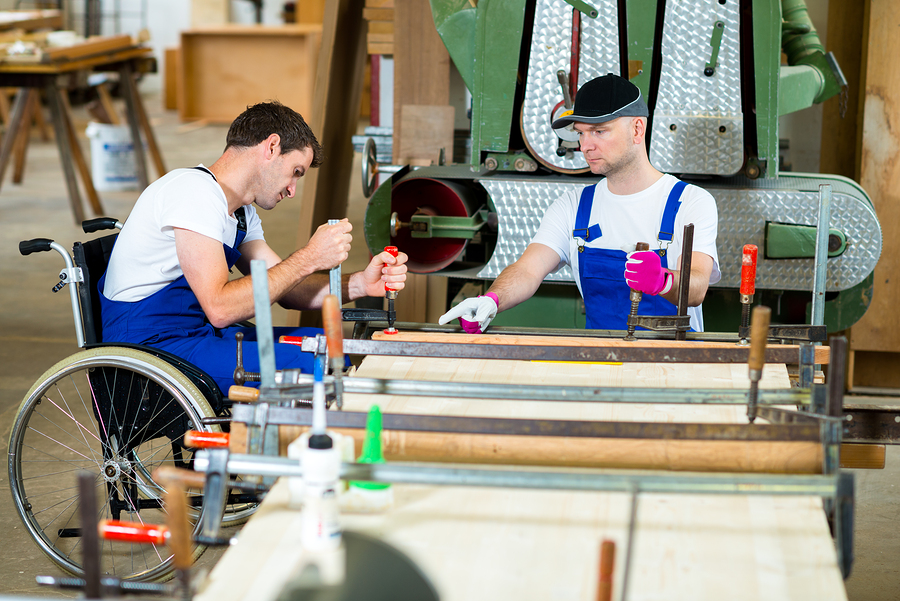When thinking about employment integration for people with disabilities, one of the first questions that comes to mind is, “Why would an employer commit to going down that road?” For Jennie Volfson, owner of the Pâtisserie Mimimelon, it was mainly about giving back to those around her by paying it forward. But really, how do you “do good well”?
Be flexible
At the Pâtisserie Mimimelon, the “integration” adventure began about 5 years ago, with just one employee with a disability. “Today, 5 out of the company’s 25 employees have a physical or mental disability, including one with obsessive-compulsive disorder (OCD), one with a back problem and another with trauma to men,” says Jennie Volfson. With such a variety of disabilities, she therefore has to be flexible. “It goes without saying that the employee with back problems doesn’t lift any heavy objects or stay in the same position for very long.” It meant minor adjustments for the company but a big difference for the employees, who feel respected within their limits and abilities.
To each his own pace
According to Jennie Volfson, respecting the abilities of employees with disabilities also means respecting their pace for learning. In other words, she does not set any task that could destabilize or aggravate their disability. So the employee with OCD was first assigned simple tasks, such as cleaning. And it was only when she showed interest in more complex tasks, such as decorating cupcakes, assembling cakes and preparing customer orders, that Jennie Volfson demonstrated them and assigned them to her.
Communicate!
Of course, all these adjustments require good communication. “When there is a problem, the important thing is to talk about it to find a solution. And if this solution doesn’t work, we’ll find another one!”, Jennie Volfson exclaims. However, when the difficulty persists and gets worse, the owner doesn’t hesitate to direct the employee to a specialized assistance service.
Enriching yourself
Jennie Volfson makes no secret of it: integrating people with disabilities into employment comes with financial support. However, the real reward lies far beyond the pecuniary aspect. “My greatest joy is to see the feelings of pride and accomplishment in the eyes of my employees. That’s worth all the gold in the world!” She therefore invites all employers to do as she does and “enrich their heart” by opening their door to people with disabilities… and work to build a better world.
- Remote working does not prevent harassment
- Special COVID-19 - A review of hirings and dimissals - May 2021
- Four inspiring examples of gamification
- A REVIEW OF HIRINGS AND DISMISSALS IN CANADA – APRIL 2021 (SPECIAL COVID-19)
- A review of hirings and dismissals in Canada - March 2021 (Special COVID-19)
